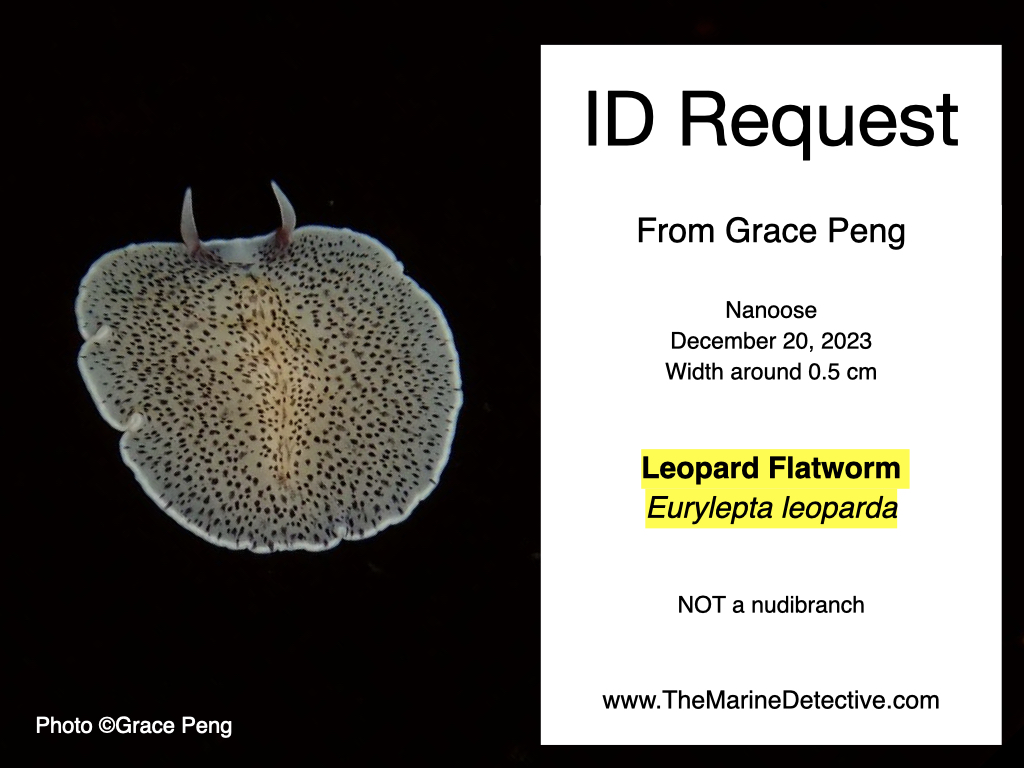Worms That Bite Anemones?!
Okay, this is a true mystery.
I have relayed my observations to marine worm researchers but want to share with you too. It’s just too fascinating not to do so. These finds emphasize yet again how little we know even about marine species that are just below the surface. I also hope that by sharing my observations here, it may lead to other divers being on the lookout for these interactions and potentially adding to the knowledge about interactions between necklace-worms and anemones.


My observations involve what I believe are two species of necklace-worm. Each is interacting with a different species of anemone. In both cases, the species of necklace-worm is unconfirmed. The polychaete* researchers I have been in contact with have asked for samples of the worms to allow for microscopic examination and potential DNA analysis.
*Polychaetes are the “many-bristled” worms. They are worms that have a pair of paddle-like appendages / bristles on each segment. Most species of worm in this class are found in the ocean or in brackish water and there are about 15,000 known species globally. Polychaetes “are ubiquitous in the ocean, burrowing and hunting in the sand, crawling on algal covered rocks, living in self-made tubes, or swimming in the water” (Encyclopedia of Biodiversity, 2013).
Note that observations and photos here are from the Pearse Islands and Plumper Islands on northeast Vancouver Island in the territory of the Kwakwaka’wakw in depths less than 17 metres / 50 feet.
Necklace-Worm Species #1 and Proliferating Anemones:
I have written about this previously but include the observations here again so that the information about these necklace-worm / anemone interactions is bundled in one place. It involves a species of necklace worm appearing to bite into Proliferating Anemones (Epiactis prolifera to 8 cm wide).
My first observation of this interaction goes back all the way to 2008 when I documented the following thanks to the keen eye of my dive buddy Natasha Dickinson.


I do not know if the necklace-worm dislodged the anemone of if the anemone let go in an attempt to get away. We came upon this scene when the anemone was already upside down.
I have only noted this interaction twice since then. See photos below.


For those who have Lamb and Hanby’s Marine Life of the Pacific Northwest, you may note that this species of necklace-worm looks like AN22 which is referenced as a “mystery necklace-worm”. But again, collection of a sample would be needed to confirm species ID.
Necklace-Worm Species #2 and Short Plumose Anemones:
On February 12, 2022 I saw THIS.

There are necklace-worms in those slime tubes! Where you see the circles is where other Short Plumose Anemones once were (Metridium senile to 10 cm tall and 4 cm across).

Were they always at this site? I have done a quick review of past photos and see a few of them in photos back to 2013. Variables in why I may not have noticed them before are that: (1) they were much more apparent as a result of the dislodged anemones; (2) there may be more of them now; and (3) we usually don’t focus on the spot where the concentration of these worms were (we usually dive deeper).

So TODAY’S mission was to return to this dive site and focus on the interaction between this species of necklace-worm and Short Plumose Anemones. How abundant are they? Are they biting the anemones?Are the worms anywhere other than around Short Plumose Anemones? Are the anemones using their acontia as a defense against the worms? Acontia are defensive strands filled with stinging cells (nematocysts) that are ejected when an anemone is irritated / threatened / stressed. The acontia can extend far beyond the anemone, providing longer distance defense than the stinging cells in an anemone’s tentacles.

To answer those questions:
– I found the slime tubes almost everywhere there were Short Plumose Anemones at this site. I did not find them anywhere else i.e. this species of necklace-worm’s slime tubes were only around Short Plumose Anemones.
– I only found a few Short Plumose Anemones using their acontia but it seems more likely that they were being used against other anemones. I cannot know if the anemones dislodge themselves as a defense. There were only a few places where there were the circles of slime tubes where an anemone had once been. There were far more places where the slime tubes were in amongst Short Plumose Anemones.
– YES I do believe this species of necklace-worm is biting into the Short Plumose Anemones. See below for abundant photos from today.

I will of course provide updates as I learn more via the researchers and other divers / underwater photographers. As always, I hope it is a source of wonder for you to learn more about these species, their adaptations and interactions, AND how much we humans still have to learn about the natural world around us. 🙂
All photos below are from March 6, 2022.













Below, you can contrast the same spot after 22 days. There has been a lot of change but again, I do not know how much the anemones would move around and/or dislodge in the absence of the worms. Oh no, is this now going to be my life? In addition to trying to document individual Humpback Wales and Tiger Rockfish, now I am going to try to document individual Short Plumose Anemones?! Probably.

My additional photos below are from March 19 2023, providing further documentation of Necklace Worm species #2 targeting the Short Plumose Anemones and possibly stimulating pedal laceration and acontial defense.





























